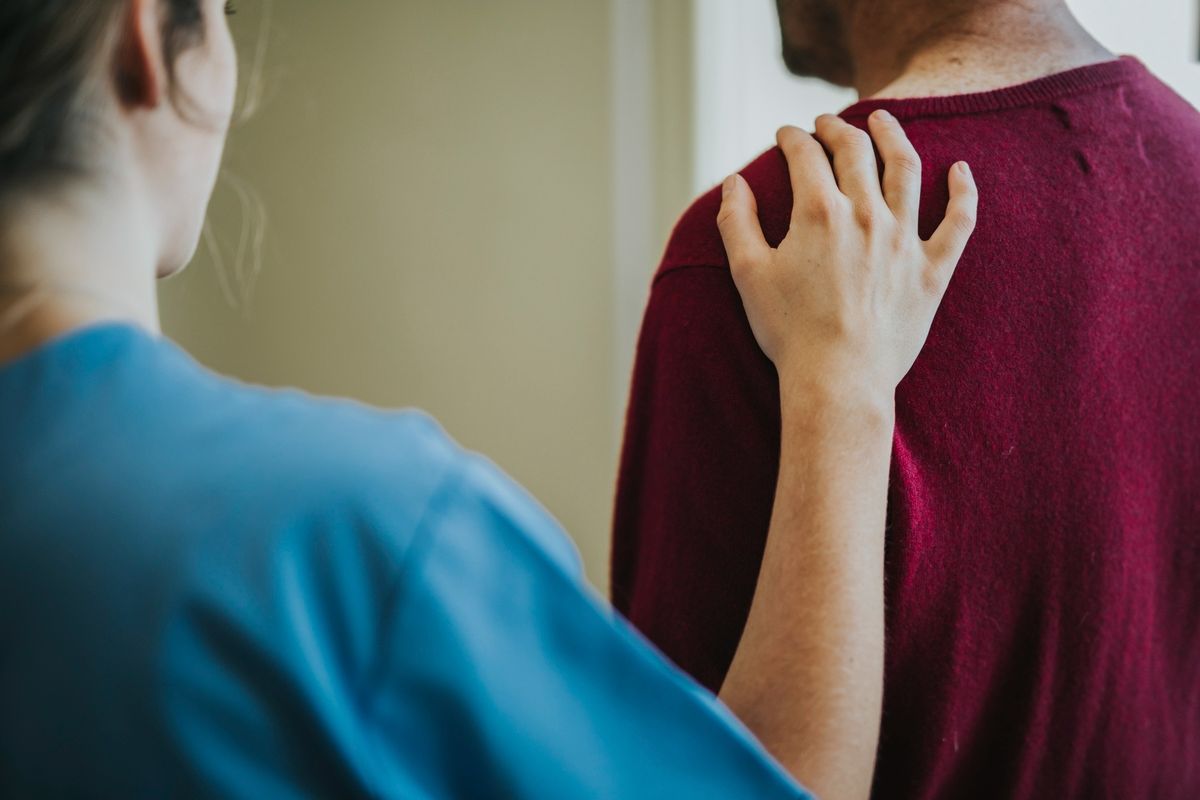A psychosocial disability is often described as a disability that may arise from a mental health issue. The word psychosocial relates to interaction of social factors, individual thought, and behaviour. Common psychosocial conditions include depression, anxiety, bipolar, schizophrenia and many more. For those living with psychosocial disability, exercise can be incredibly valuable.
How can exercise help those with psychosocial disability?
If exercise was a pill, it would be the most prescribed medication worldwide. The benefits of exercise for physical health are well documented, with exercise being effective at improving health markers such as strength, fitness, flexibility, balance and motor control.
But what about mental health? What about social interaction and quality of life?
We understand that individuals with psychosocial conditions not only what to improve their physical health, but also want to improve their confidence, their self- esteem, mental health, cognition, self-efficacy and independence.
Data from the Australia Institute of Health and Welfare suggests approximately 72% of individuals aged 15 and over with a disability do not engage in enough physical activity for their age. This is in comparison to 52% of individuals without disability.
This data highlights the need for government agencies, private businesses and organizations to establish and implement strategies that ensure positive, quality experiences in sport and physical activity for individuals with disability.
When individuals with psychosocial disabilities are offered a chance at engaging in social activities, whether it be a supervised program at a healthcare facility or joining a local sporting team, they benefit from the opportunity.
How can an exercise physiologist help?
Accredited Exercise Physiologists (AEPs) are in a unique position to facilitate improvements in both physical and mental aspects of wellbeing. AEPs help individuals with psychosocial disabilities achieve their maximum potential for physical independence, health, wellbeing and quality of life, by minimizing the effect of their physical impairments and improving movement capacity.
An Exercise Physiologist not only targets physical deficits, but can help improve mental health, cognition and memory. An AEP may prescribe safe and intensive individualized aerobic exercise protocols as this method has proven to have beneficial effects on mental health, helping to reduce anxiety, restlessness and fatigue through upregulation of neurotransmitters such as dopamine, serotonin and norepinephrine, and many other mechanisms.
AEPs are trained to prescribe exercise to improve health outcomes similar to how a doctor is trained to prescribe medication. As part of their training, AEPs must demonstrate the ability to understand and explain how and why an exercise works in the context of a long-term evidence-based program.
Additionally, AEPs can help individuals with a psychosocial disability gain access to Assistive Technology by writing a detailed report. Assistive Technology includes physical support items that help participants gain easier access to quality exercise, such as a bicycle, treadmill, smartwatch, arm ergometer and many more!
By maintaining the strength and function of the body through structured exercise programming and load management, this allows for a reduction in long-term negative health outcomes and a reduction in subsequent costs.
Not only does this intervention reduce negative health outcomes, but for every $1 a consumer spends on Exercise Physiology intervention, they receive $10.50 back in well-being benefits, improved productivity and reduced health system exposure.

How To Access NDIS Funding?
To access NDIS funding, participants can call 1800 800 110 to make an Access Request, or you can complete and submit the Access Request form via email
Additionally, AEPs help NDIS participants access necessary funds by providing your NDIS provider with a detailed report based on the results of a 1 on 1 assessment. This report acts as a support to help and guide NDIS participant planning and funding and is often used in conjunction with reports from other Allied Health professionals such as Psychologists, Occupational Therapists, Podiatrists and Dieticians.
The NDIS website can provide you with more information on applying for funding.
A Client Case Study
Mr John Smith arrived at our EHA clinic in August 2020, presenting with Schizophrenia and Clinical Anxiety. Once an active basketball player, Mr Smith had seen his weekly exercise volume and exercise capacity slowly diminish overtime, to the point where he was completing less than 30 minutes of physical activity per week.
After several weeks of seeing an Exercise Physiologist, Mr Smith asked to increase his appointments to twice a week, symbolizing a major improvement in weekly exercise volume, confidence and community involvement. Mr Smith realised he was not only improving his strength, fitness and function, but he also loved being in a positive, encouraging environment. It was unlike any gym or training facility he had previously been to.
As the weeks went by, Mr Smith went from strength to strength, and began taking daily walks up to 2 hours at a time. Through conversation, it was discovered that Mr Smith enjoyed bicycle riding in his youth, however had been unable to ride for many years due to faulty equipment and lack of disposable income.
Identifying a great opportunity to increase weekly exercise volume, independence and community involvement, Mr Smith’s AEP constructed a detailed Assistive Technology report to provide Mr Smith with a high-quality bicycle, which he now rides to and from our healthcare facility, and recreationally on weekends.
Mr Smith continues to one of the great EHA participants and has seen his aerobic capacity improve from being classified as “poor” to “superior” in his age category, reducing his risk of negative cardiovascular health outcomes dramatically.
Getting help
READ MORE LIKE THIS,


